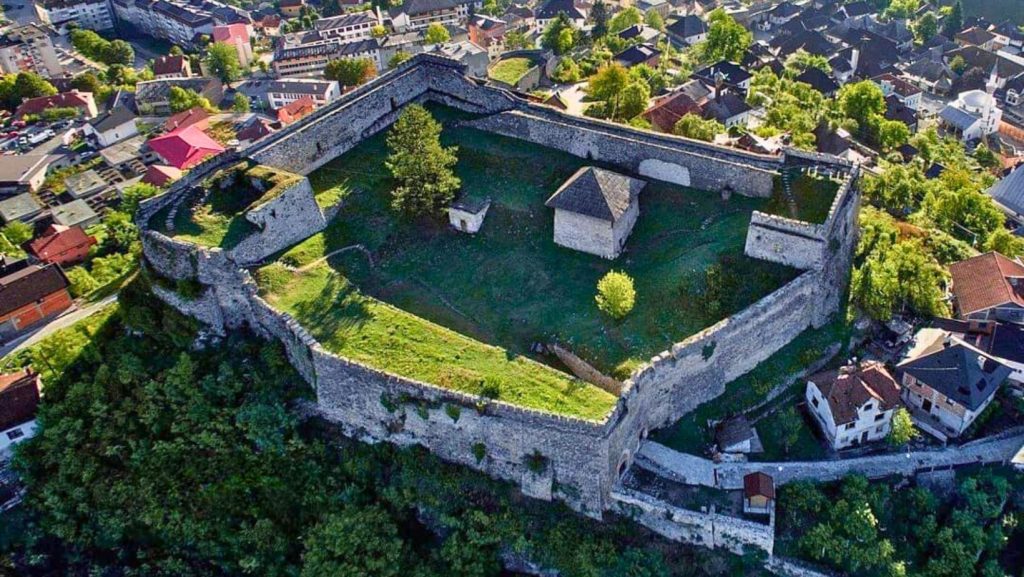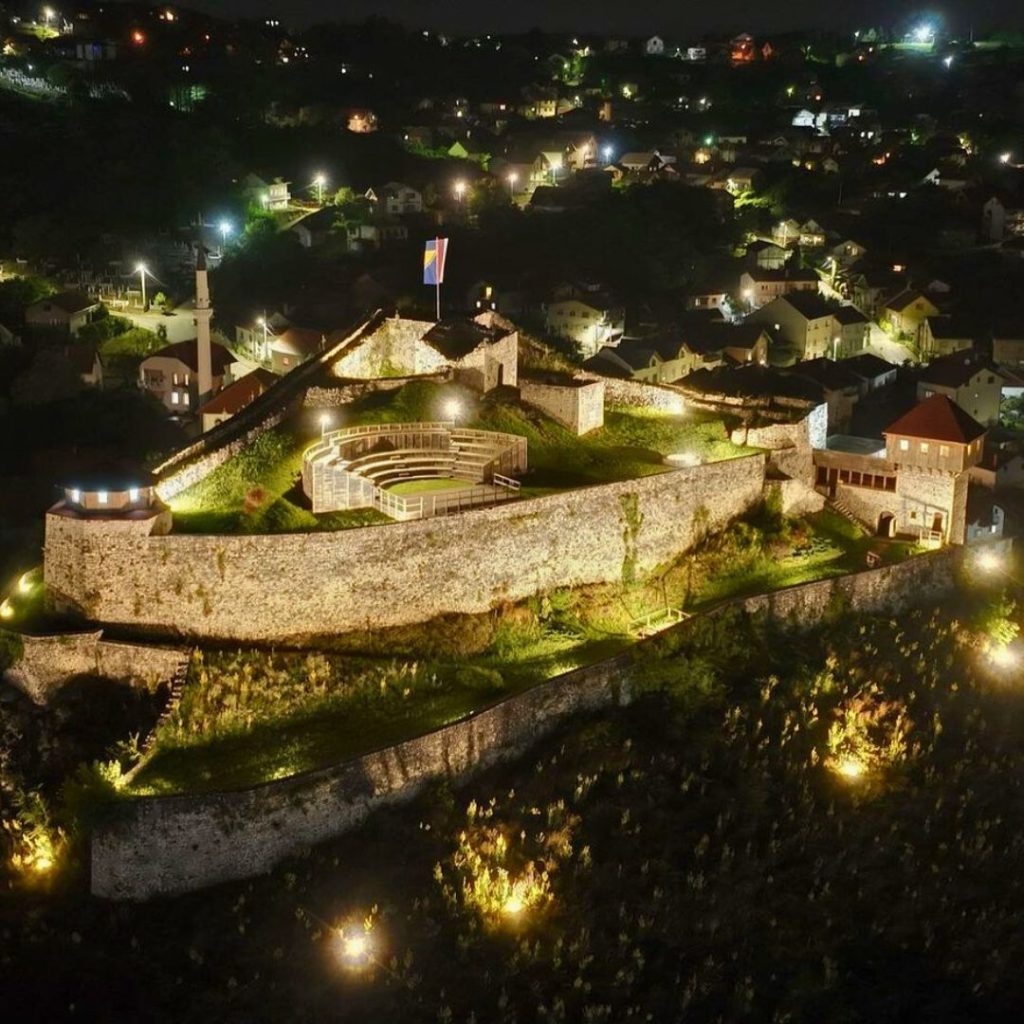
Doboj Fortress is a renowned medieval castle located in Doboj, Bosnia and Herzegovina.

Perched on a rocky hill above the Bosna River valley, it offers breathtaking views of the confluence of the Spreča and Usora rivers.
Historical Highlights
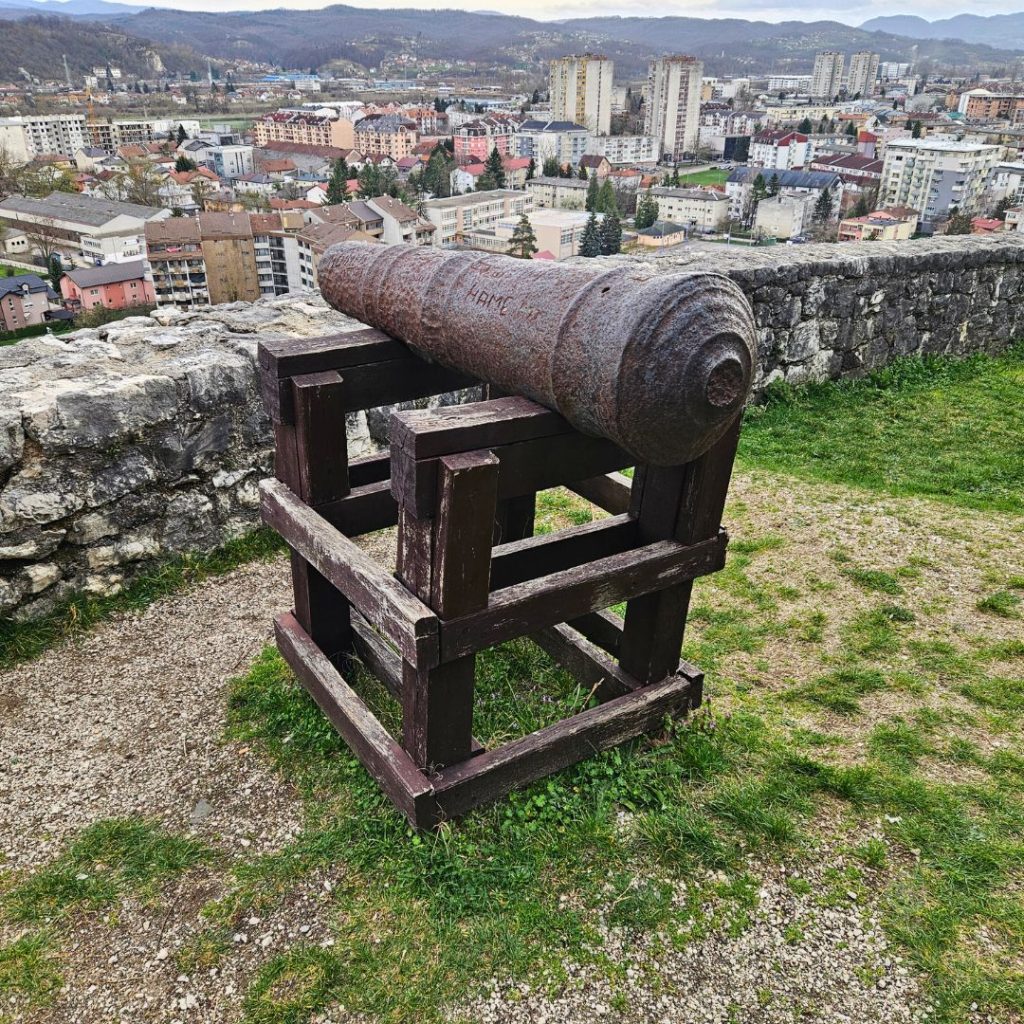
- Origins: The exact construction date is unknown, but it is believed to have been built in the 13th or early 14th century.
- First Mention: Doboj is first mentioned in a letter from Dubrovnik on June 28, 1415.
- Key Events: In 1449, a treaty was signed here between Bosnian King Stjepan Tomaš and Hungary to jointly oppose the Ottomans.
- Ottoman Era: By 1476, Doboj Fortress became part of the Ottoman Empire, losing its strategic importance after the fall of Hungary to the Ottomans.
Architectural Features
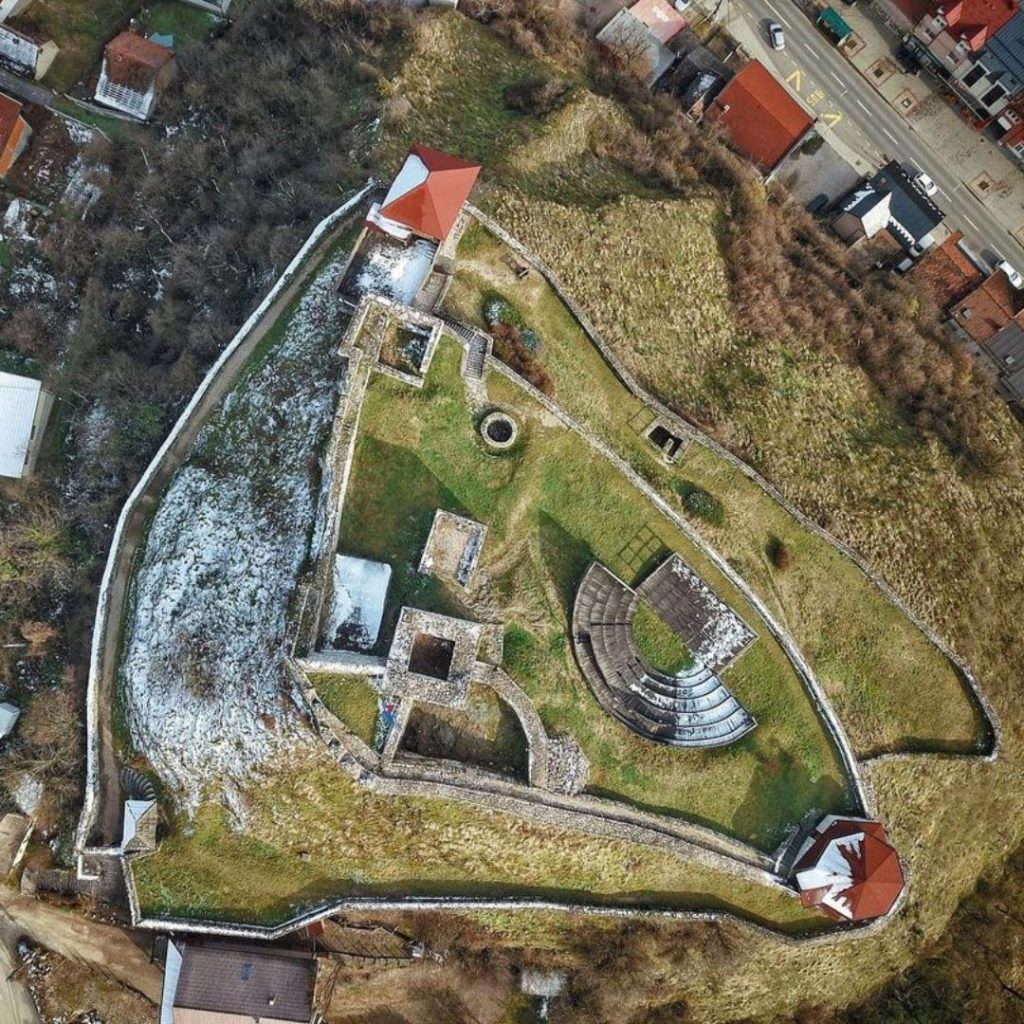
- Structure: The fortress comprises upper and lower sections with an irregular triangular base due to the terrain. The northern side is the most fortified.
- Medieval Walls: The original fortress walls are about 1 meter thick and were reinforced over time.
- Adaptations: Over the centuries, the fortress underwent various adaptations, including the addition of modern bunkers during World War II by the Germans.
Explore the Fortress
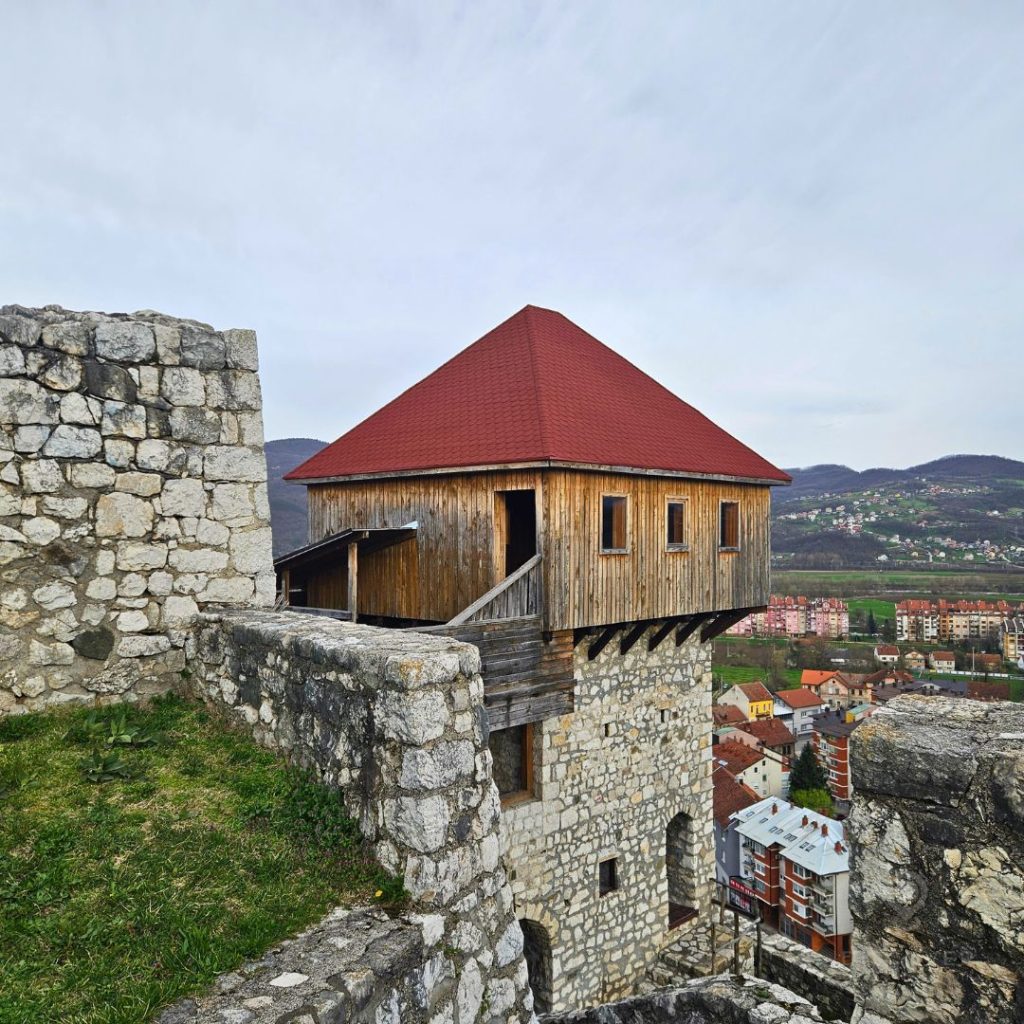
- Upper Section: This medieval part includes the main tower, cistern, and economic buildings. The northern part of the original walls still stands, later transformed into bastions.
- Lower Section: Added in the 18th century, this section features high outer walls and a small tower in the northeast corner, with secret passages and gun openings.
Doboj Fortress is a designated national monument of Bosnia and Herzegovina.
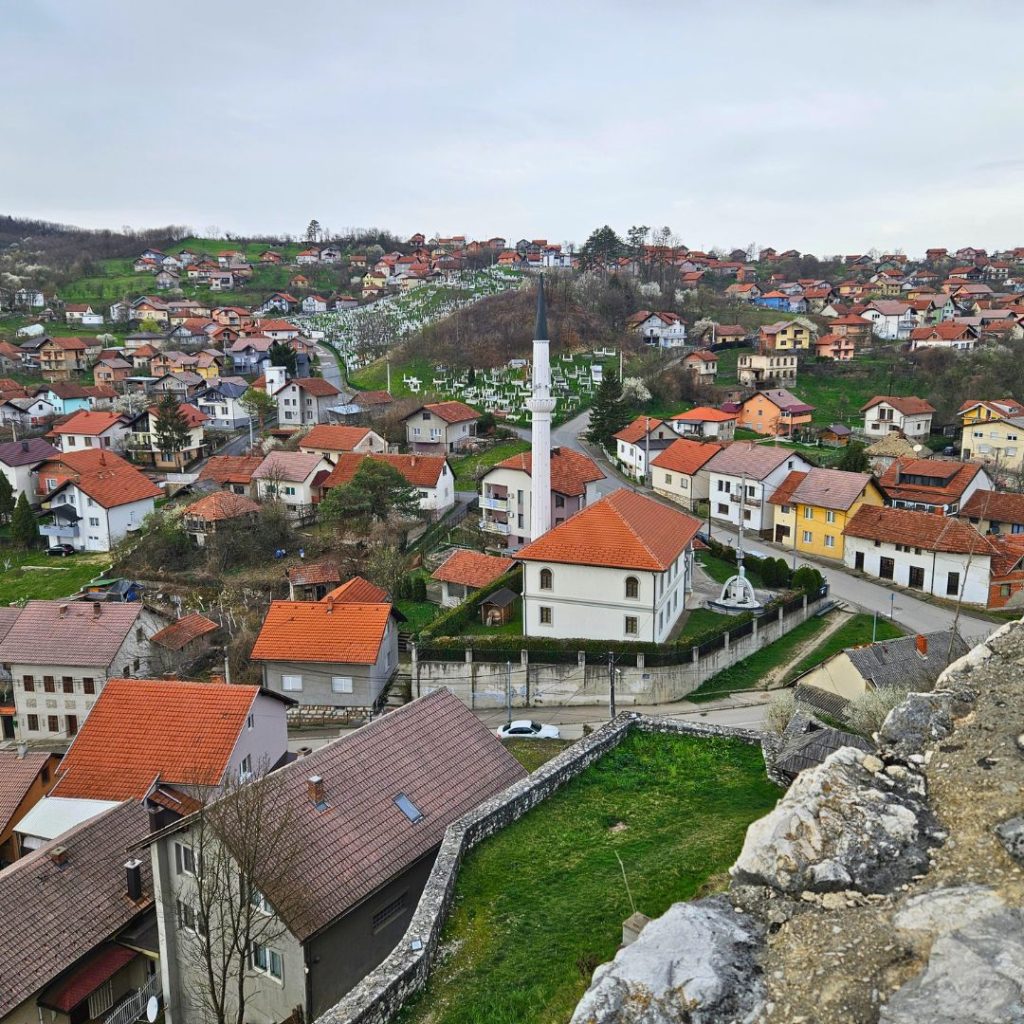
Don’t miss visiting another national monument right next to the fortress—the Selimija Mosque which was built in 1521 during the reign of Sultan Selim I.
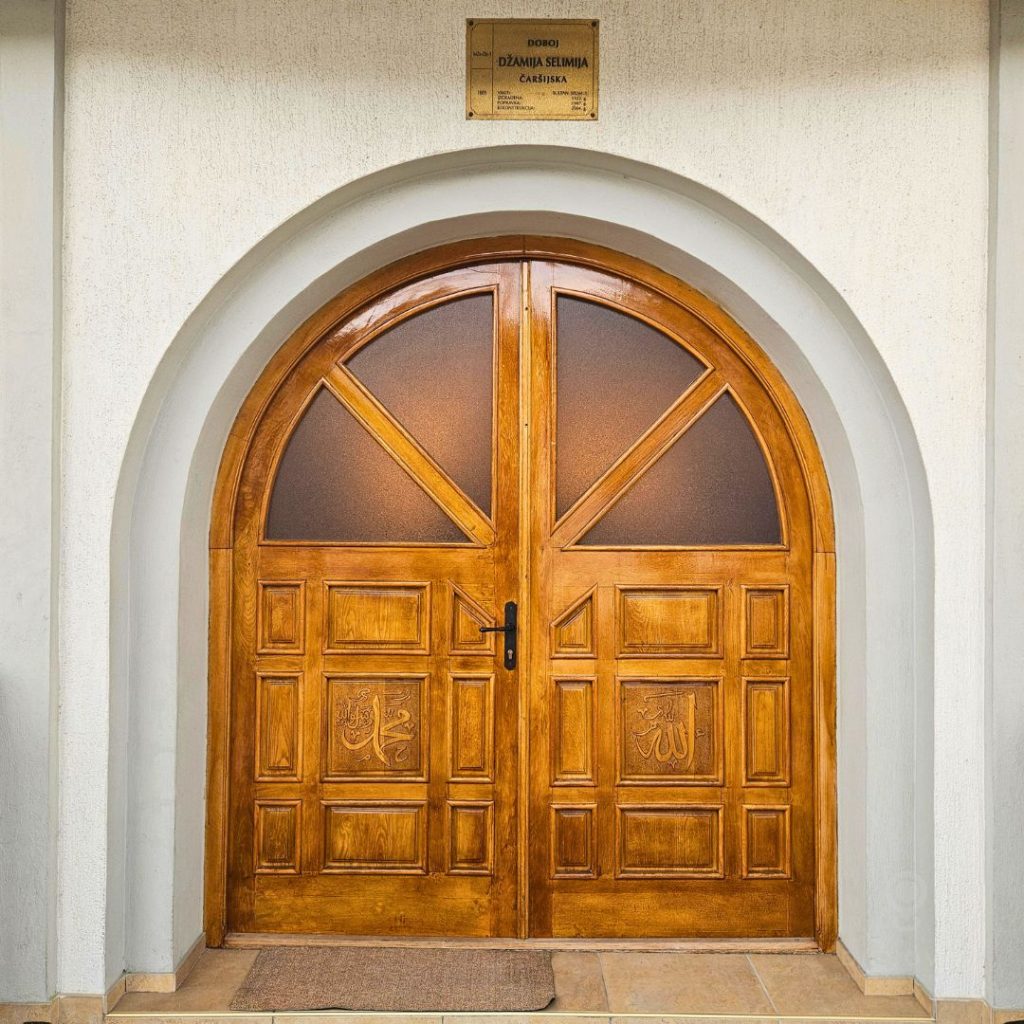
It is considered one of the eight oldest mosques in Bosnia and Herzegovina, and it has been burned several times.



